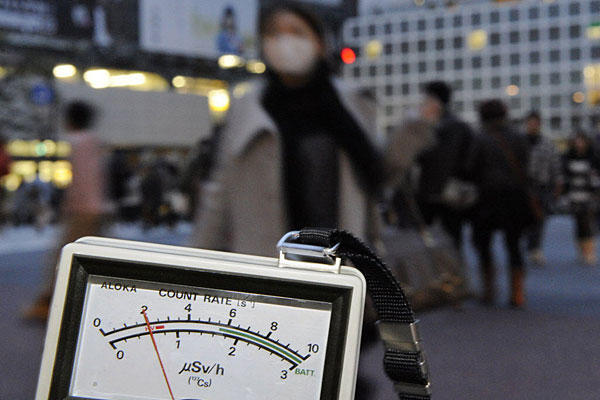U.S.: Back in the States, Americans raiding geiger counter stockpile
- cause After last week’s earthquake, a series of nuclear troubles hit the Fukushima reactors and other nuclear reactors throughout Japan. Fukushima most seriously, as we’re sure you’ve read.
- reaction In the United States, even though the odds are slim to none that the crisis will affect them, sales of geiger counters and potassium iodide have skyrocketed. Has there been a run on tinfoil hats? source
